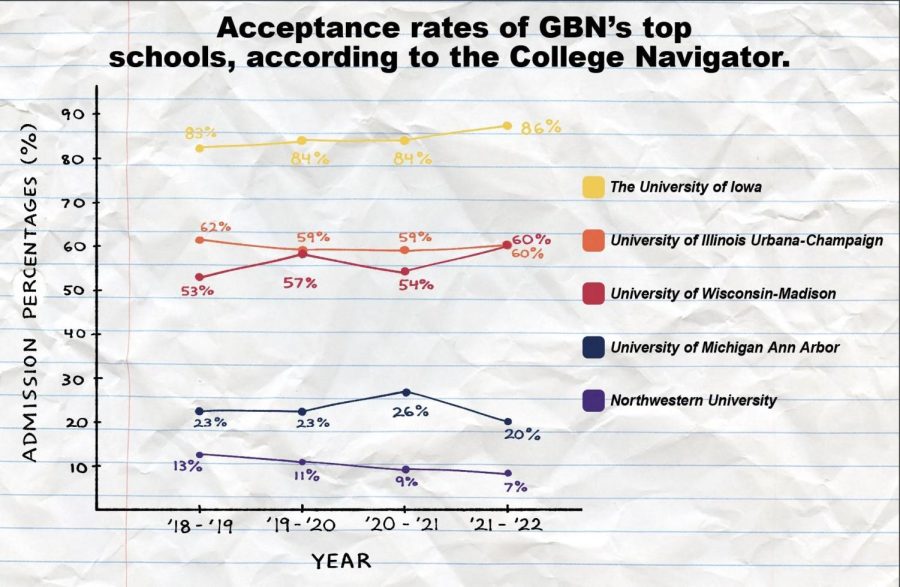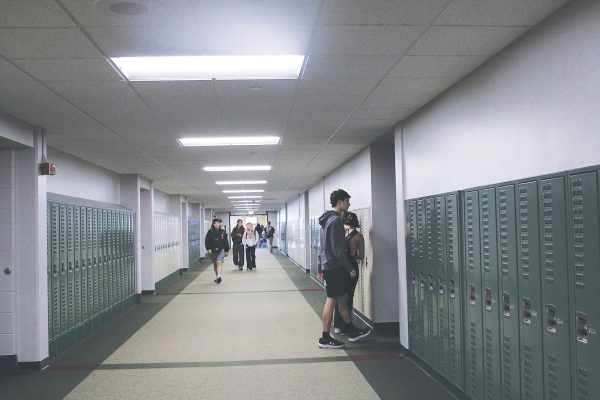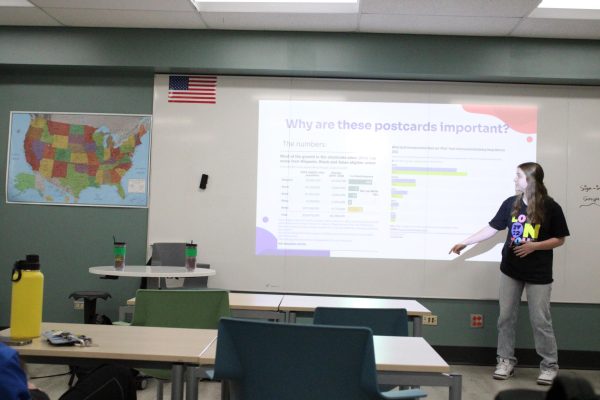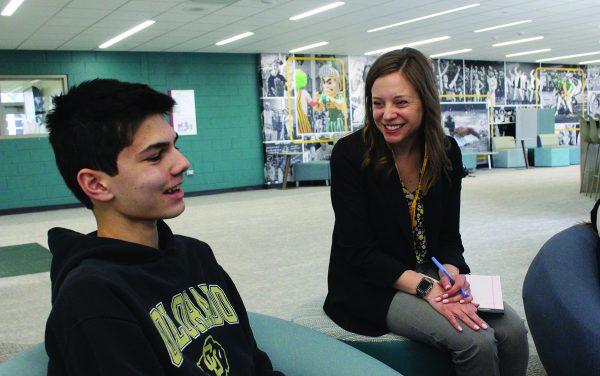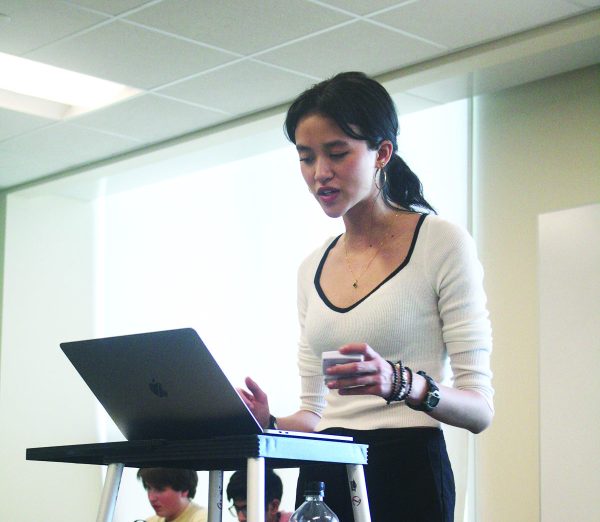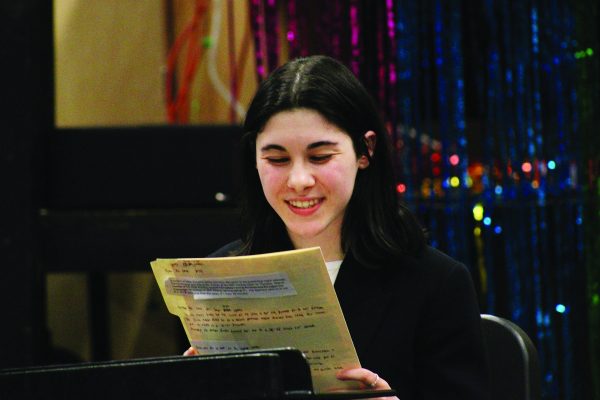Inside college admissions
Rise in students applying
Some college acceptance rates have decreased because students are applying to more schools and available freshman spots remain relatively similar.
When starting the college applications process, senior Hannah Dalinka was planning to apply to 22 schools. After hearing back from schools with rolling admissions, which review applications as they come in and send back results, she ended up applying to 14.
“I think part of me was really scared that I wasn’t going to get in anywhere,” Dalinka said.
College acceptance rates are influenced by the amount of applications in a given year.
“They have more applications and still have the same size freshman class goal, so the percentage of students that they can accept goes down and the acceptance rate goes down,” said Scott Siegel, senior associate director of admissions at Indiana University.
According to David Boyle, Glenbrook North college counselor, schools have seen an increase in applications since schools have gone test optional because of COVID-19.
“We have seen an increase in applicants since more colleges have gone test optional because of COVID,” said Boyle. “We saw students saying, ‘Hey, now my ACT, which I wasn’t too happy with, won’t prevent me from getting in. I’m going to try and give it a shot.’ We see that across the board, specifically within the highly selective institutions.”
Boyle has seen applications go up but acceptance rates go down, so there is this idea to “apply everywhere [because] no one’s getting in,” he said.
“95 percent of the schools that GBN students applied to have an admit rate of about 65 to 70 percent, meaning I don’t think it’s as hard to go to college as we think it is,” Boyle said.
According to Sylvia Hernandez, manager of Illinois recruitment for Michigan State University, her advice for students is to visit colleges and communicate with representatives at those schools.
“I always say communication is key,” said Hernandez. “So if there are things that students want to ask or things that students want to know, there are so many ways to get in touch and connect with those colleges and universities that you’re looking at.”
According to Boyle, he encourages students to explore their academicand extracuricularinterests.
For Dalinka, she has a big philosophy in high school.
“I didn’tdo anything because it would look good for college,” said Dalinka. “So I took the classes that I wanted to take, I did the activities that I wanted to do …[When writing essays] I wasn’t like, ‘Oh, I think this is what they want to hear.’ I tried to make it really personal.”


